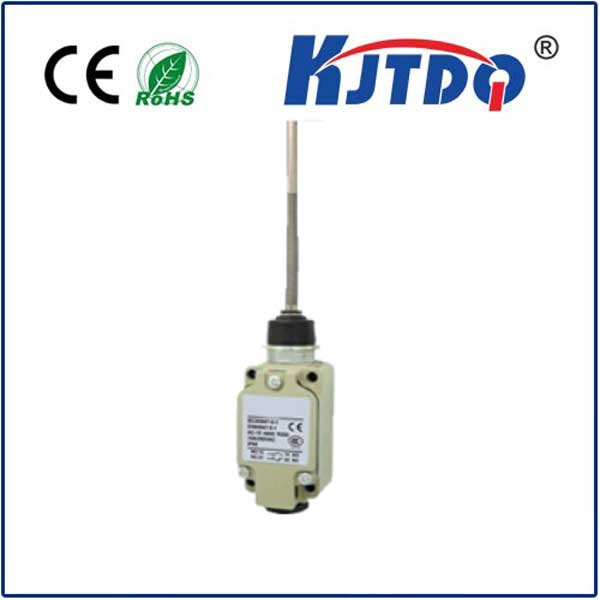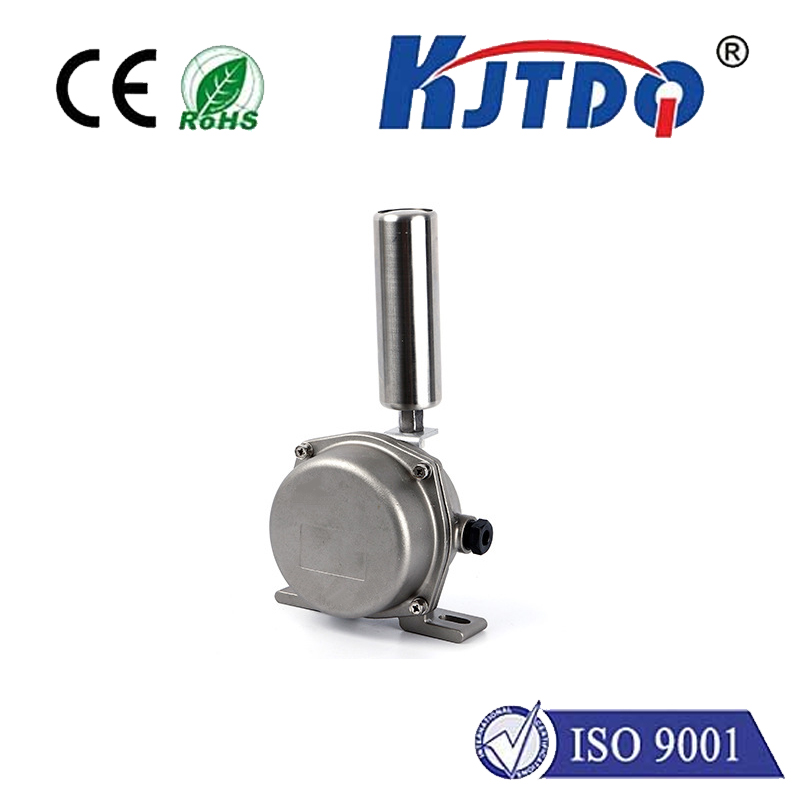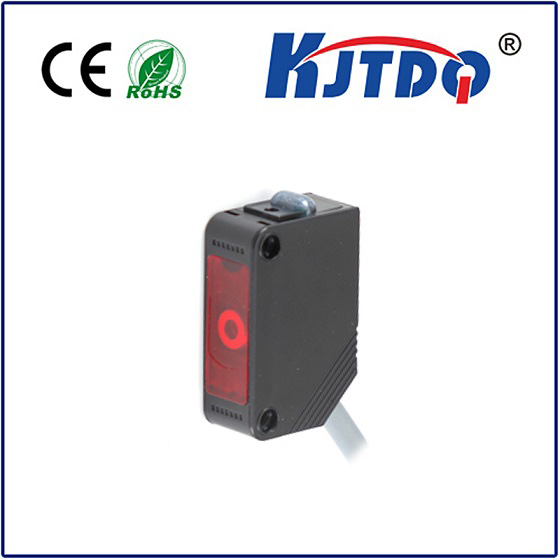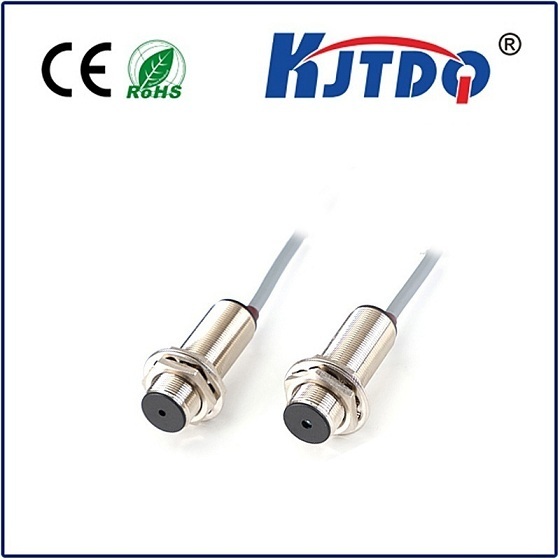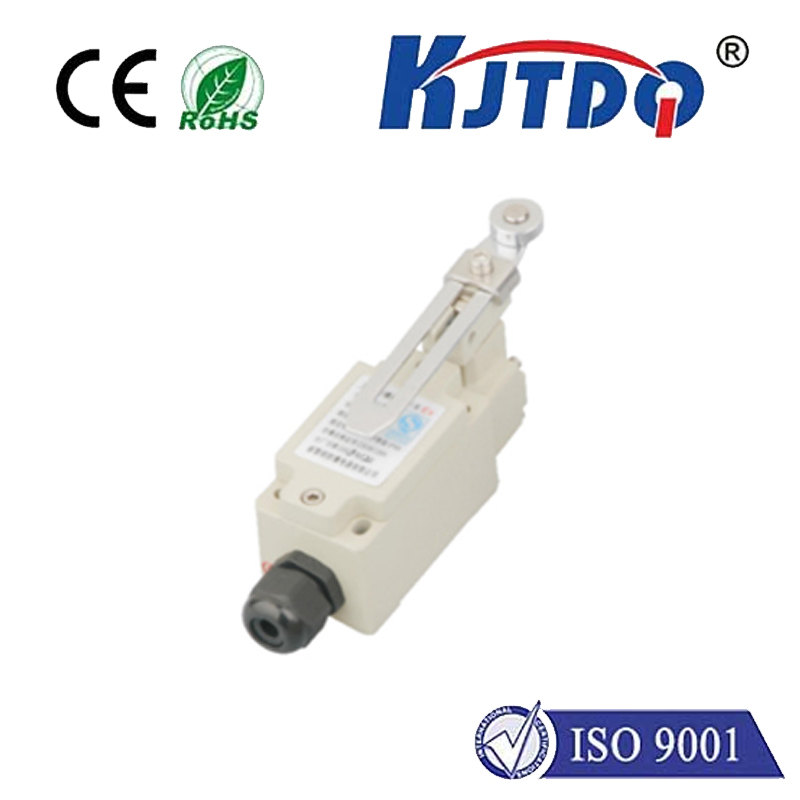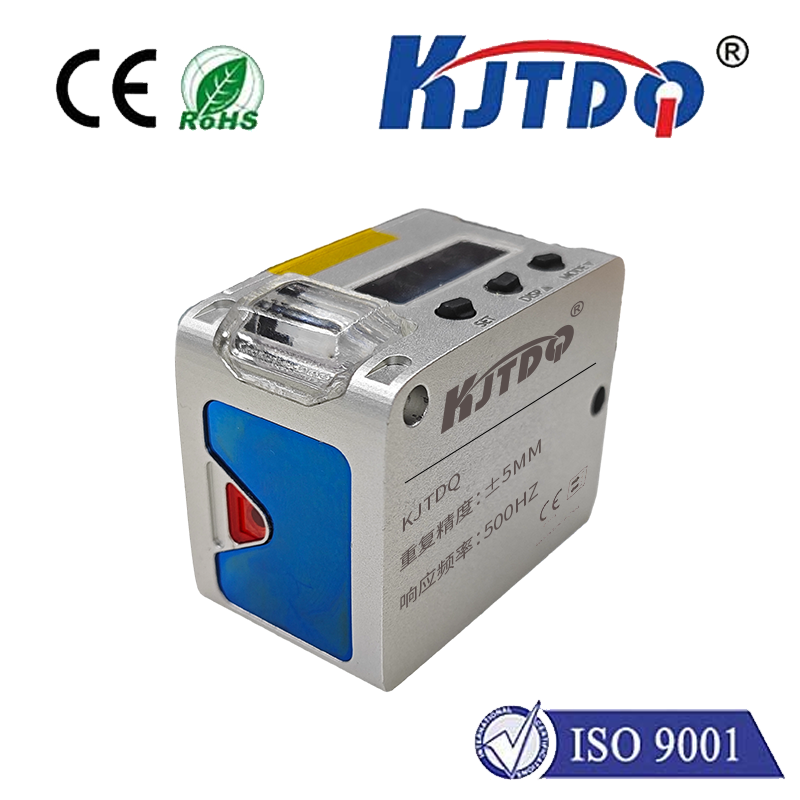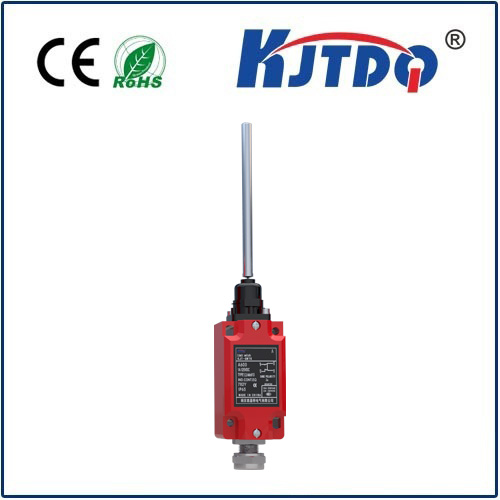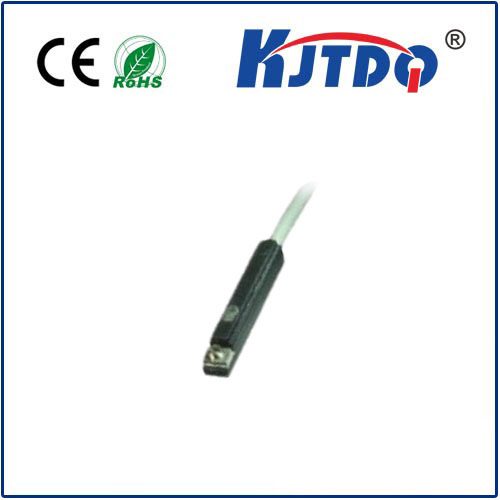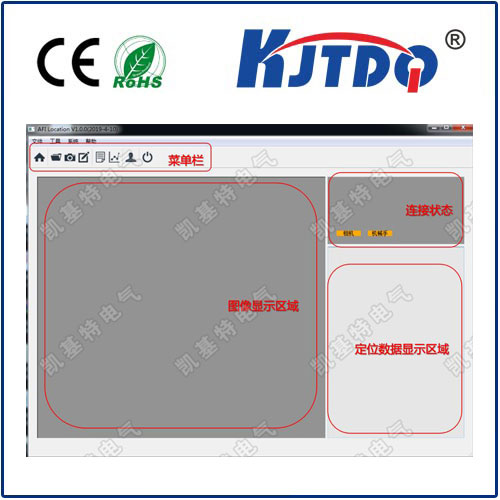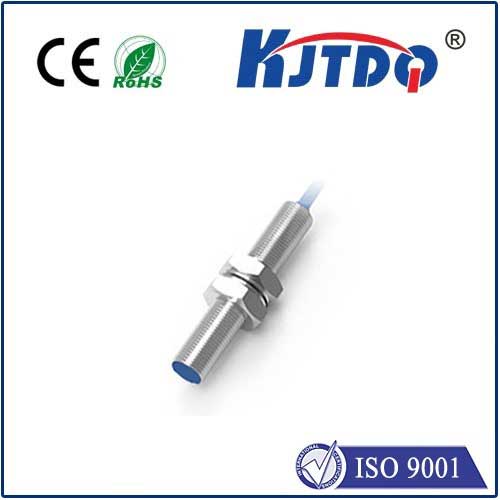
check

check

check

check
Photoelectric Limit Switch: A Revolution in Automation Technology
Introduction
The photoelectric limit switch is a vital component in modern automation technology. It is an electronic device that uses light beams to detect objects or measure distances. Its unique features make it an essential tool for industrial applications, from manufacturing to logistics and beyond. This article will explore the principles behind the photoelectric limit switch, its advantages, and its various applications.
Principle of Operation
A photoelectric limit switch works by projecting a beam of light between a transmitter and a receiver. When an object interrupts this beam, the switch triggers a signal that can be used to control machinery or other automated systems. The transmitter emits infrared light, which is invisible to the human eye but can be detected by the receiver. The receiver then converts the received light into an electrical signal, which is sent to the control system.
Advantages of Photoelectric Limit Switches
One of the main advantages of photoelectric limit switches is their high accuracy and reliability. They can detect even small objects with great precision, making them ideal for applications where precise measurement is critical. Additionally, they are highly resistant to dust, dirt, and other contaminants that can affect the performance of traditional mechanical switches.
Another advantage of photoelectric limit switches is their flexibility. They can be easily mounted on almost any surface and configured to work with a wide range of machinery and equipment. This makes them highly adaptable to different industrial environments and processes.
Applications of Photoelectric Limit Switches
Photoelectric limit switches have numerous applications in various industries. In manufacturing, they are commonly used to monitor the position of machinery components during assembly lines. They can also be used to detect defects or irregularities in products as they move along the production line.
In logistics, photoelectric limit switches can be used to monitor inventory levels and track the movement of goods through warehouses and distribution centers. They can also be used to ensure safety by detecting when people or vehicles enter restricted areas.
Conclusion
The photoelectric limit switch is a revolutionary technology that has transformed many aspects of automation in industries around the world. Its accuracy, reliability, and flexibility make it an essential tool for businesses looking to streamline their operations and increase efficiency. As technology continues to evolve, we can expect the photoelectric limit switch to play an increasingly important role in shaping the future of automation.
